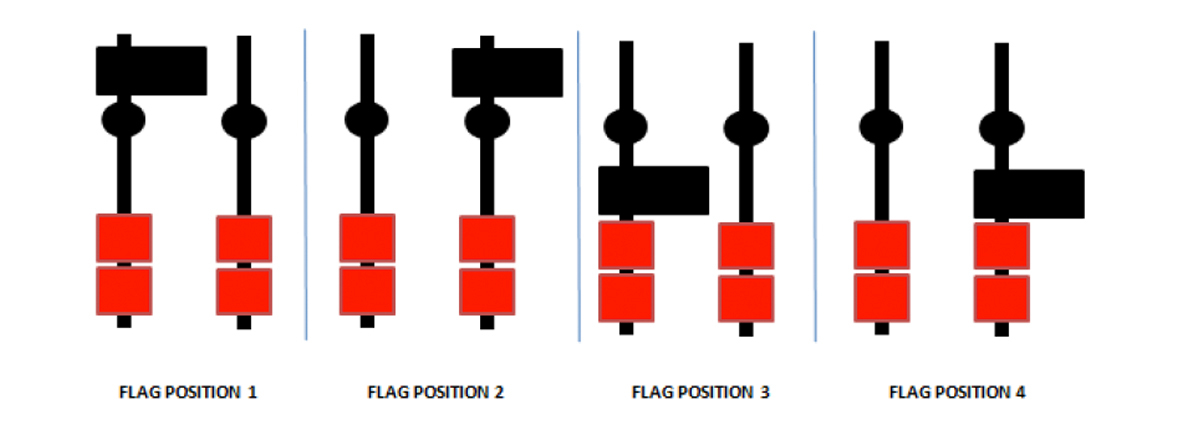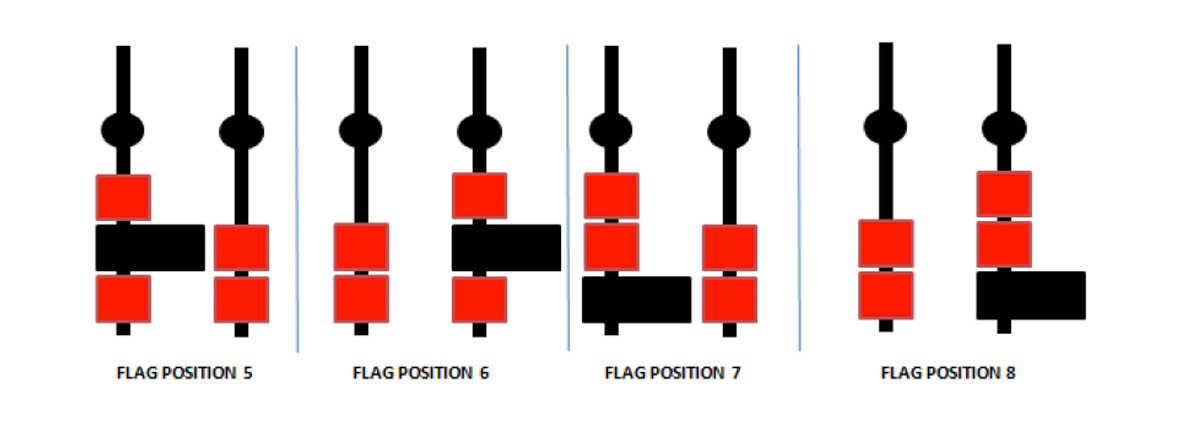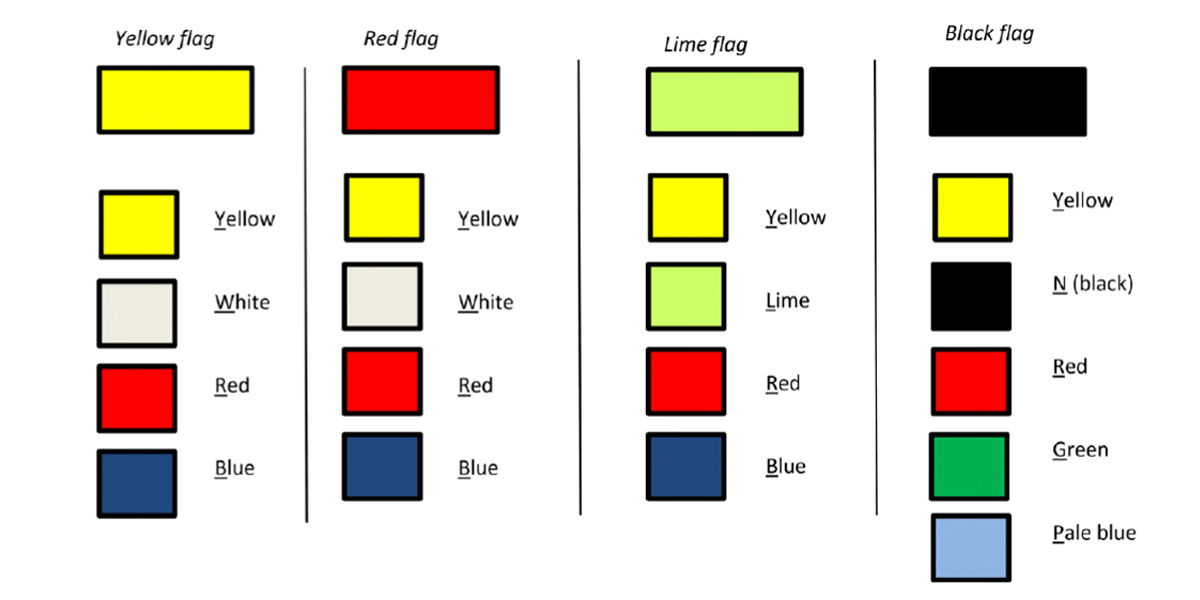Research on Bar-tailed Godwits
In 2001 Royal NIOZ launched a study on the ecology of Bar-tailed Godwit Limosa lapponica. In addition to the mainly shellfish eating Red Knot Calidris canutus, which we have been studying since the late 1980s, we wanted to learn more about the ecology of a species whose food consists mainly of bristle worms. Starting from May 2001 we have been colour-ringing Bar-tailed Godwits in the Dutch Wadden Sea and the Banc d’Arguin in Mauritania, one of the major wintering areas of the species in Western Africa.
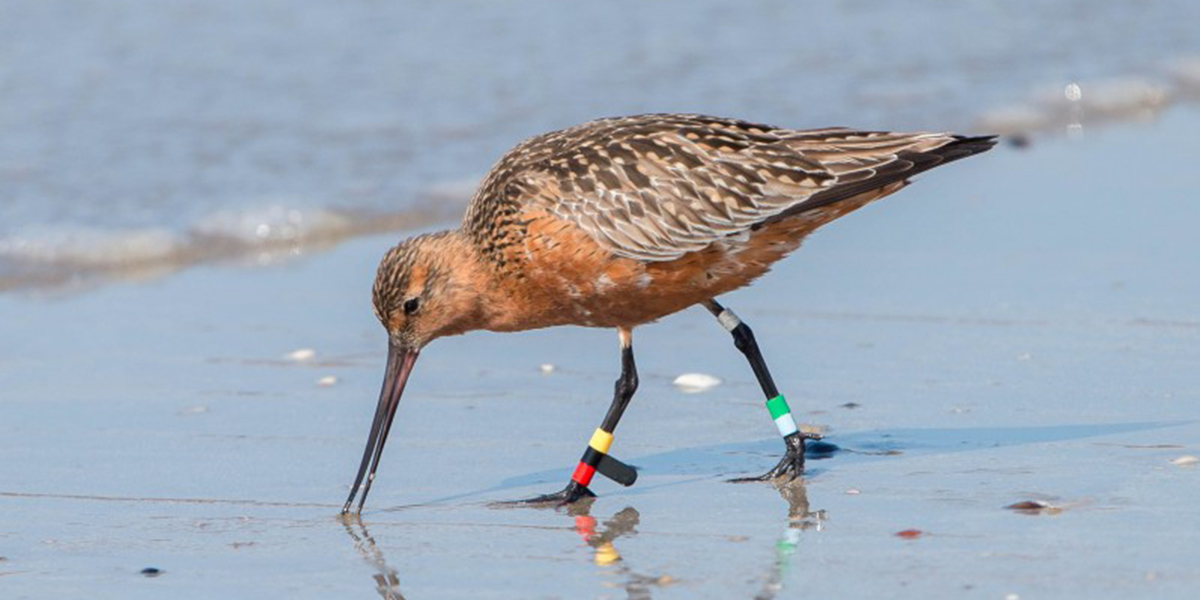
Collaboration local bird catchers
Every year, many birds are caught and ringed by Dutch ringers from different ringing groups: VRS Castricum on the Dutch North Sea coast, VRS Calidris on the island Schiermonnikoog, and the Vereniging van het Friesche Vogelvangersbelang (also called 'wilsterflappers'). Each spring the latter group, especially Joop Jukema, Catharinus Monkel, Jaap Strikwerda and Bram van der Veen, catches hundreds of Bar-tailed Godwits in the meadows of the Islands of Texel, Terschelling and Ameland. They catch with a traditional method that was used in the past to catch Golden Plovers for income ('wilsterflappen'). Waders are also caught by the NIOZ team with mist nets in the periods around new moon in the Wadden Sea and in Mauritania.
Study results
Our study of individually marked Bar-tailed Godwits has provided us with lots of information on their feeding ecology and spatial use of the Wadden Sea and beyond. In 2018 Eldar Rakhimberdiev completed his PhD thesis on Fuelling conditions at staging sitescan mitigate Arctic warming effects in a migratory bird. Article: Nature Communications.
We discovered that in winter only longer-billed females remained in the Dutch Wadden Sea, while the shorter-billed individuals moved away to an estuary with a more benign climate such as the Wash in Engeland. Duijns, S., Gils van, J.A., Piersma, T. 2015 Phenotype-limited distributions: short-billed birds move away during times that prey bury deeply. Article: Royal Society
In combination with the extensive benthic sampling program SIBES, which started in 2008, we have been able to get a better understanding of the food landscape for birds. For this program the annual distribution of benthic life is sampled on almost all the tidal mud flats in the Dutch Wadden Sea (covering over 4500 sampling stations). Watch the field work video of SIBES.
In 2014 Sjoerd Duijns completed his PhD-thesis on the feeding ecology of bar-tailed godwits under the title Sex-specific foraging; the distributional ecology of a polychaete-eating shorebird his thesis is available on the website of the Waddenacademie or use the direct link to the PDF here.
For more information on our work you can also visit the website of Metawad (in Dutch).
Bar-tailed Godwits
-
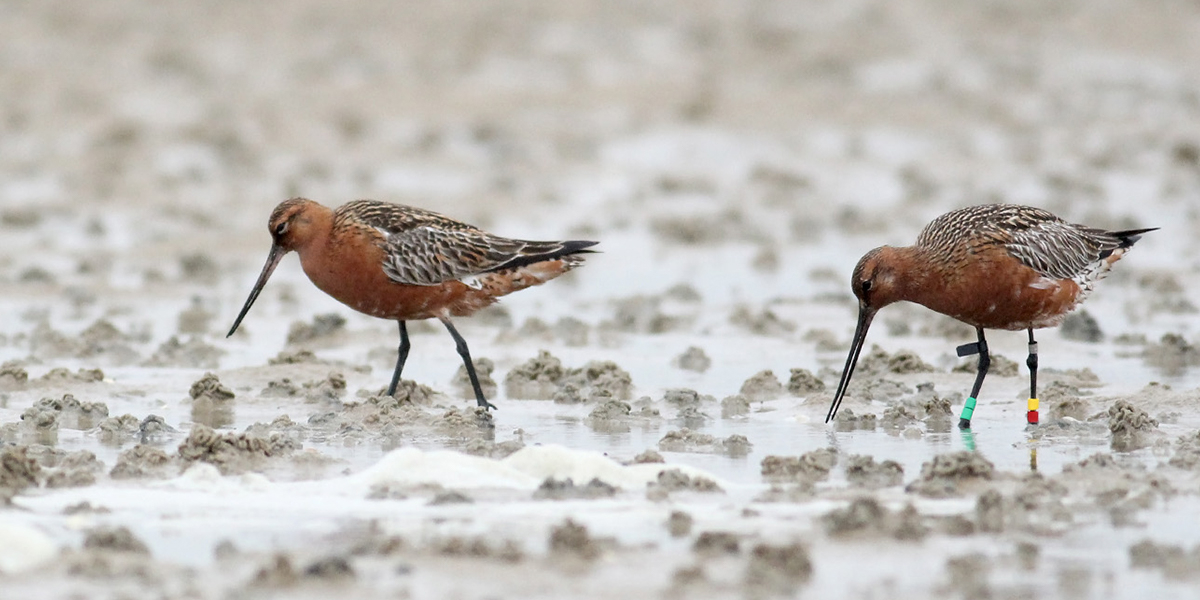
© Adrien Mauss
-
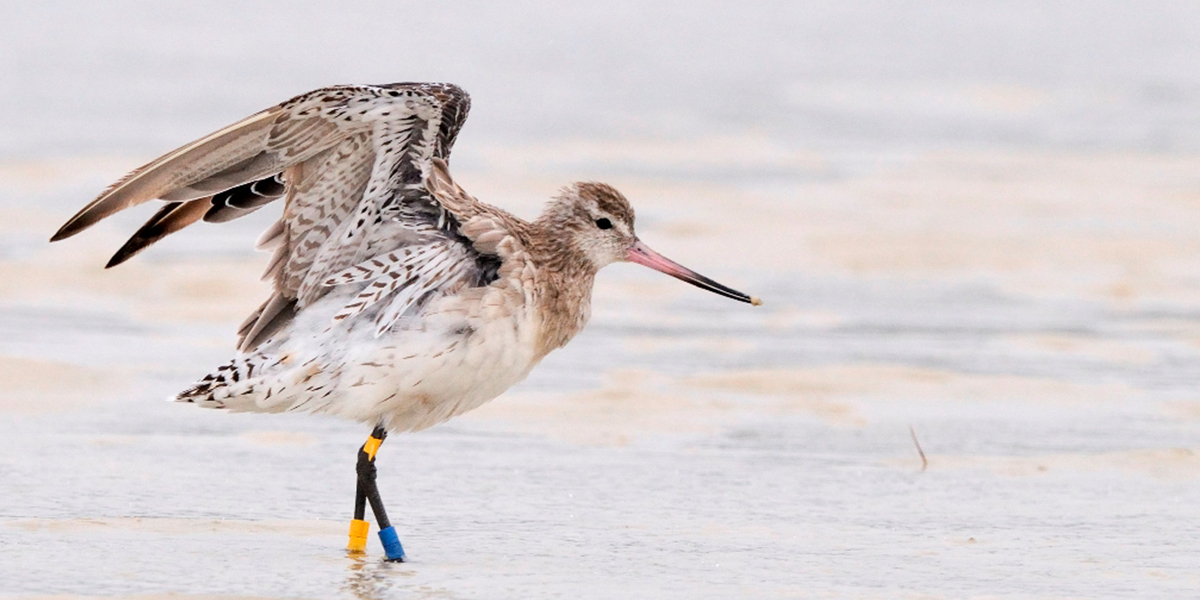
© Jan van de Kam
-
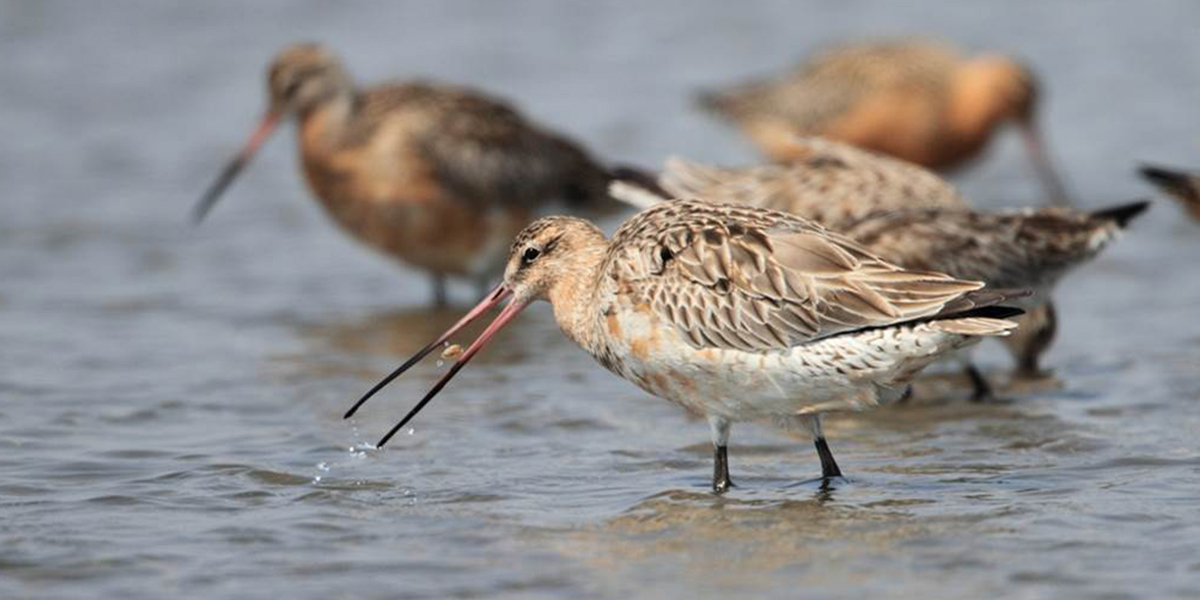
© Jan van de Kam
-
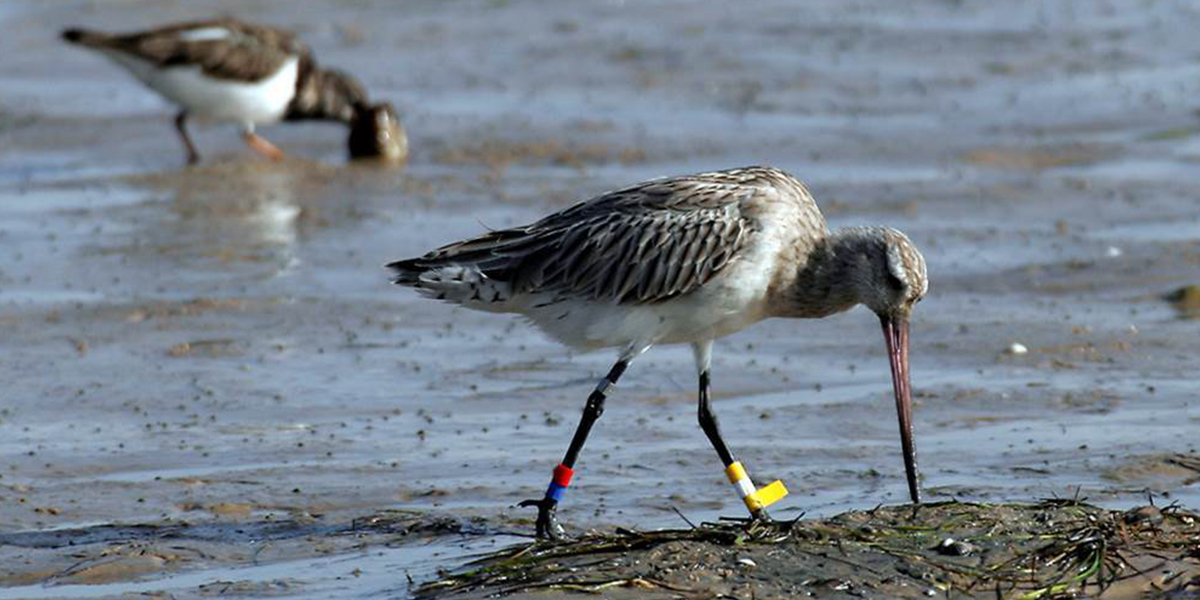
© Jan van de Kam
-
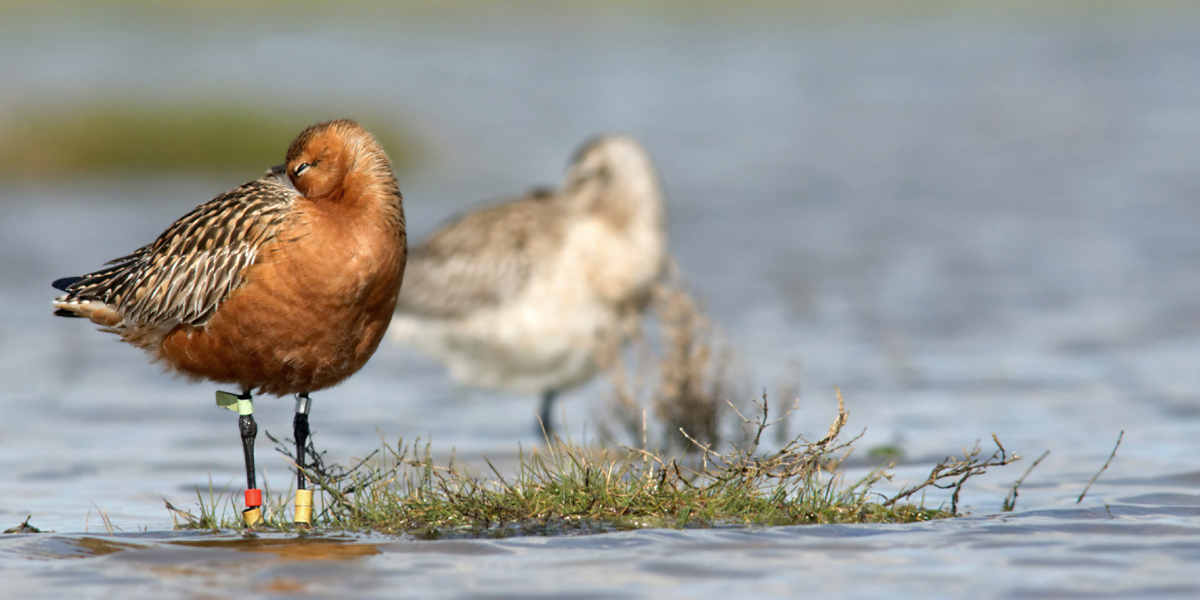
© Olivier Lobry
-
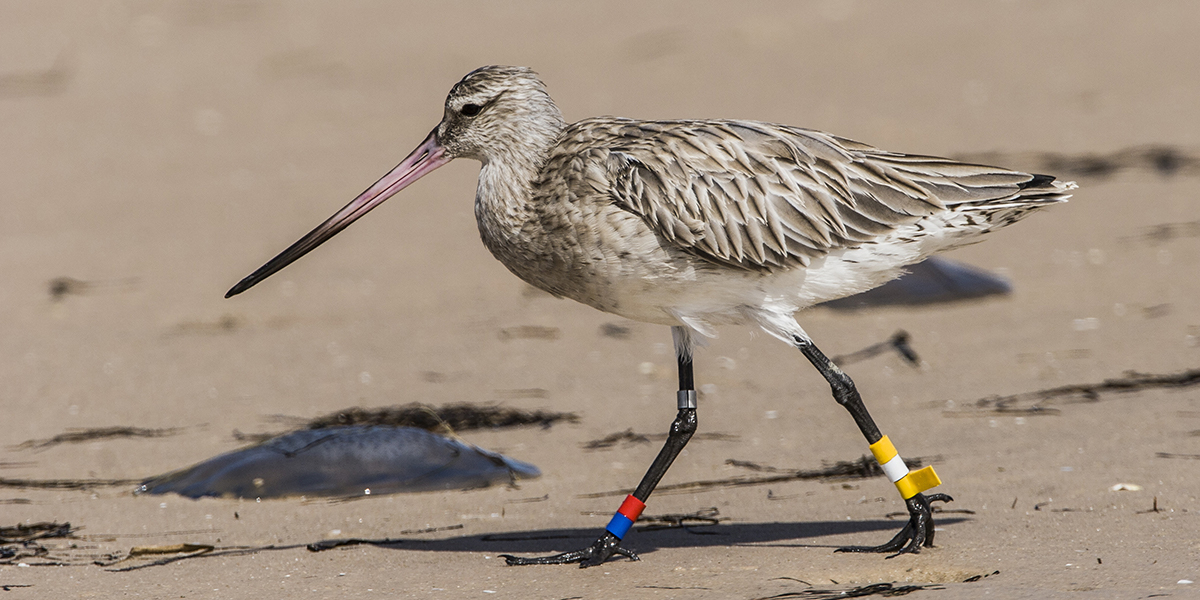
© Jan van de Kam
Team
You can here find a description of the colour-ring scheme used on
Bar-tailed Godwits
